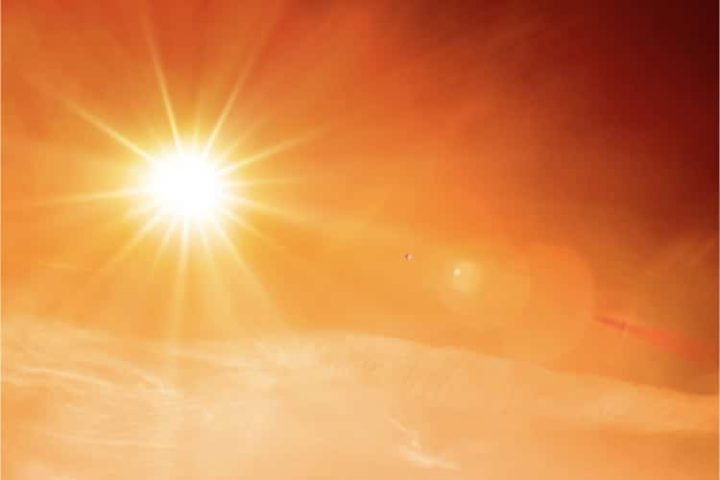
In a report released on September 9, the weather watchers at the National Oceanic and Atmospheric Administration (NOAA) are claiming that the summer of 2021 was the hottest on record in the 48 contiguous United States. The report claims that this summer narrowly de-throned the Dust Bowl summer of 1936 as the warmest ever in the lower 48 states.
For those of you who are wondering how NOAA can make such a claim since summer is not quite over, NOAA is commenting on what is known as Meteorological Summer (June, July and August), which are generally the warmest months of the year, and not Astronomical Summer.
“A record 18.4% of the contiguous U.S. experienced record-warm temperatures. California, Idaho, Nevada, Oregon and Utah each reported their warmest summer on record, as 16 other states had a top-five warmest summer on record,” the report noted.
While, supposedly, this year and 1936 are running neck and neck for the hottest summer of all-time in the contiguous United States, the supposed top five hottest ever summers are rounded out by the recent years of 2011, 2012 and 2020.
According to NOAA, 2021 is on pace to — again — be one of the warmest years on record.
“The average U.S. temperature for the first eight months of 2021 was 55.6 degrees F — 1.8 degrees above the 20th-century average — making it the 13th-warmest such YTD on record,” the report declares.
It’s also been a rather wet year for much of the lower 48 states, with NOAA reporting that, “The nation saw an average of 21.19 inches of precipitation for the YTD, 0.48 of an inch above the long-term average, which ranked in the middle third of the record.”
By way of comparison, in 1936, thirteen states reported all-time high temperatures including Arkansas (120 F on August 10); Indiana (116 F on July 14); Kansas (121 F on July 24); Louisiana (114 F on August 10); Maryland (109 F on July 10); Michigan (112 F on July 13); Nebraska (118 F on July 24); New Jersey (110 F on July 10); North Dakota (121 F on July 6); Oklahoma (120 F on August 12); Pennsylvania (111 F on July 10); West Virginia (112 F on July 10); and Wisconsin (114 F on July 13).
In 2021, only one state record for heat was broken, Washington State reported a temperature of 120 F on June 29.
As a matter of fact, the Dust Bowl years were responsible for 17 all-time state records for heat, while the remainder of the top five “hottest years” ever recorded (2011,2012 and 2020 & 2021) were responsible for only two record all-time high temperatures. In addition to this year’s record high in Washington State, South Carolina recorded its record high in 2012.
Not only was 1936 far more record breaking in terms of all-time highs throughout a large swath of the lower 48 states, the high temperatures were dispersed throughout the summer from early July until mid August.
Tony Heller of Real Climate Science reveals that the percentage of the United States to reach 95 F during this year was actually well below normal. Peak temperatures in 1936 were also much higher and more widespread than this year.
Heller claims that the reason recent temperatures appear higher than those of the Dust Bowl 1930’s is due to NOAA’s admitted practice of using “adjusted” temperature data as opposed to the actual temperature readings. NOAA claims that it adjusts historical temperature data in order to remove known biases in individual temperature. Heller claims that the practice is nothing less than data tampering.
“Prior to data tampering,” Heller says, “the average maximum temperature (of this year) was about 3F cooler than 1936.”
“After data tampering, average maximum temperatures were about 1.5F cooler than 1936.”
Those adjustments, Heller insists, are largely responsible for NOAA’s claim of 2021 being the hottest summer ever.
“After tampering, the 2021 average temperature ‘barely edged out the Dust Bowl summer of 1936 for the top spot by less than 0.01 of a degree,’” Heller points out.
It’s yet another reason to show why these claims of “hottest year ever” or “hottest decade ever” need to always be taken with a grain of salt. NOAA may claim to be “all about the science,” but, in the end, it’s just another federal alphabet agency; and another organization willing to use science in service to politics.




